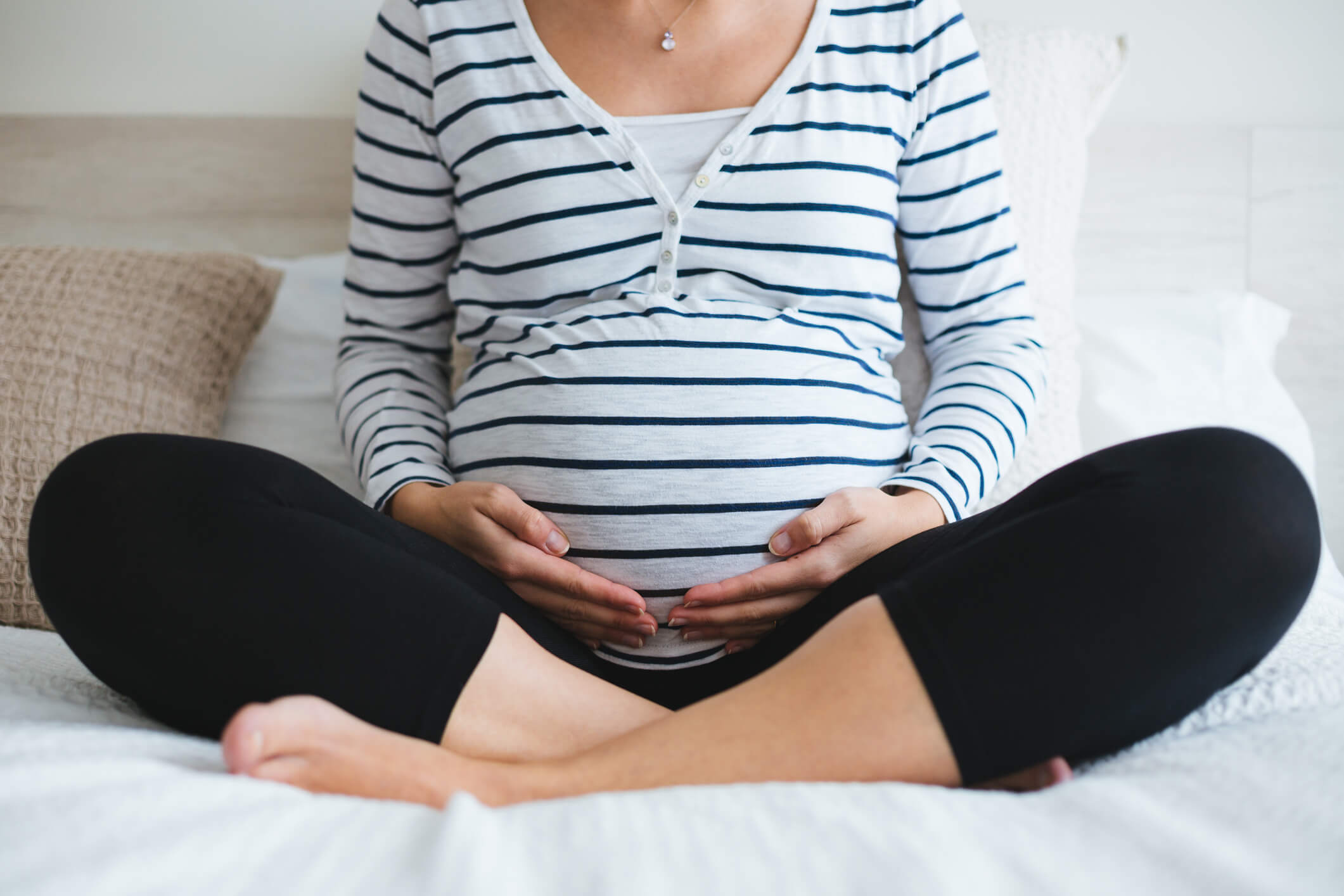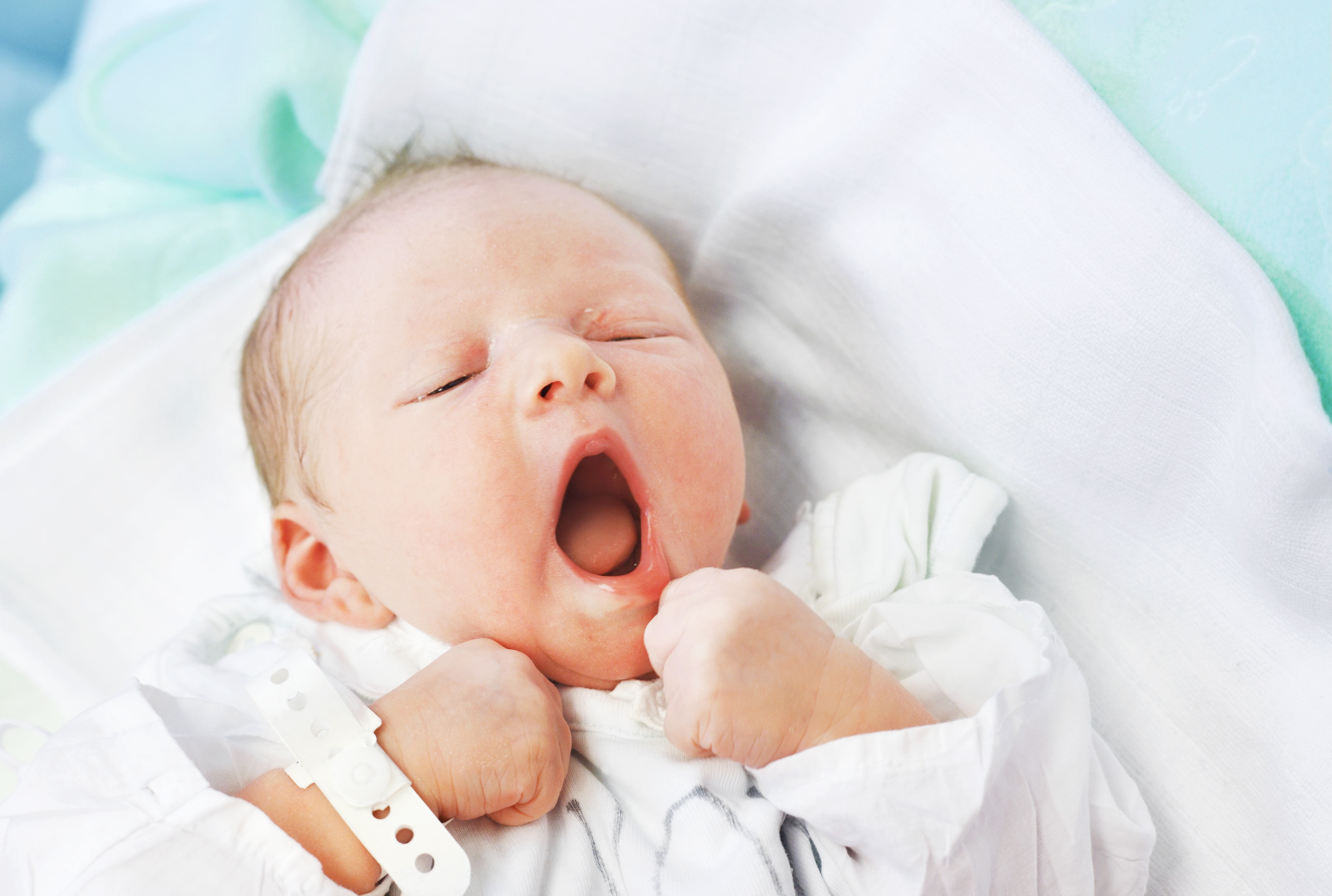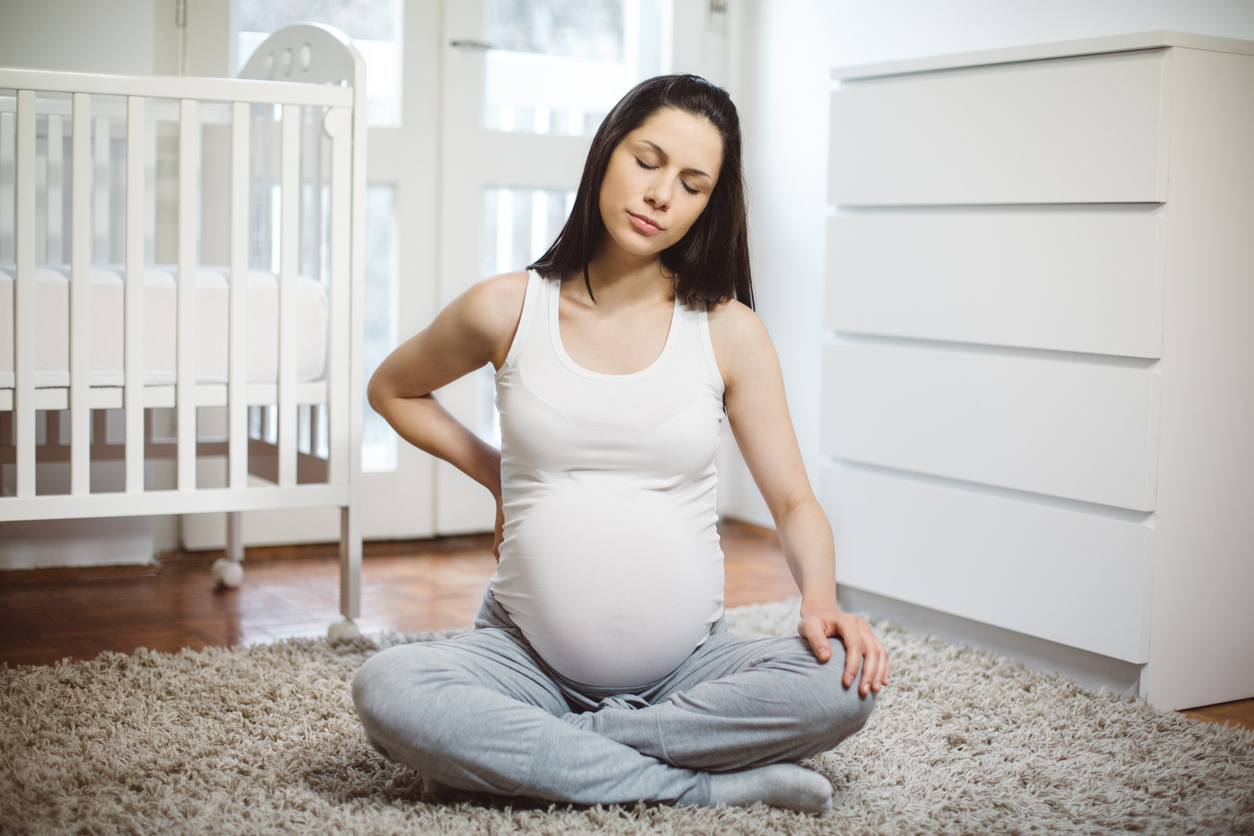-
While there might be ‘no one right way’ to parenting, there’s a crucial responsibility that unites every mum and dad - car seats.
It’s important to know the regulations surrounding child car safety and ensure your baby seat meets proper legal standards. Your folks may reminisce on the “good old days” when seat belts were nonexistent and driving home from hospital was a case of putting you in a box on the backseat, then hitting play on the Bee Gees. Nowadays, there are laws to abide by and seats to install.
Below is the lowdown on child car safety and a few tips on how to ensure a smooth journey with your baby.
First, what does the law say?
In 2010, all Australian States and Territories reached a consensus, agreeing to implement National Child Restraint Laws. This means parents can finally road-trip across Australia safe in the knowledge that they aren’t breaking the law.
The key point to remember is that all children must be fastened in the correct car seat for their age and size. Securing your child properly in an approved child car seat will reduce the likelihood of them being injured or killed in a car crash than one who isn’t. Here is the breakdown of rules according to different child ages:
- From birth to six months: children must be secured in an approved rear facing car seat with a rearward facing restraint
- From six months to four years: children must be secured in either an approved rear or forward facing car seat, including a child restraint with an inbuilt harness
- From four years old but under seven years: children must be secured in an approved forward facing car seat or booster
These requirements may differ if your child is too small for the child restraint specified for their age. If this is the case, your child should be kept in their current child restraint until it is safe for them to move to the next level. Similarly, if your child is too large for the child restraint specified for their age, they may move to the next level of child restraint.
No children under the age of seven are permitted to travel in the front seat in a car with two or more rows. If all back seats are occupied by children younger than seven years in an approved child restraint or booster seat, than a child aged between four and seven can sit in the front seat.
READ MORE: A guide for new parents: sex after baby
Don’t cut corners on seat quality
When purchasing your child restraint, booster seat or child safety harness, it’s important to look out for those that are approved and meet the standards of the Australian/New Zealand Standard (AS/NZS 1754). This should be clear on the packaging, but if in doubt, ask a store assistant to clarify whether it has been approved.
If you would like to do some homework before purchasing, the Child Car Seats website helps you quickly find and compare more than 200 types of forward facing, rear facing and booster seats. Bear in mind, it’s important you choose one that’s right for your child’s height and weight, as well as your car. Make sure to try it in your car before buying it. A badly fitting seat can provide less protection in a crash.
You can also check out the Child Restraint Evaluation Program which provides independent and consistent information to help you choose safe child car seats. The program tests child car seats and rates their level of protection in a crash.
If you have received a tempting offer for a second-hand child restraint or booster seat, think first before you snatch it up. It’s advisable not to buy one second-hand since it may not be the safest, up-to-date or user-friendly model. If you are offered a second-hand restraint, be sure to check its age and condition, its history, and whether it’s been approved.
Don’t accept a second-hand restraint if you hear or spot any of the following signs:
- It’s been in a crash
- There are splits, cracks or large stress marks in the restraint shell
- The straps are frayed, worn or damaged
- A buckle doesn’t work smoothly
- How to install your car seat
Follow the manufacturer's instructions carefully when fitting child car seats. If you can’t find your instructions manual, give the manufacturer a ring or search for the instructions online. One universal rule is to place the baby car seat in the backseat - this is only the first step. It’s up to you to carefully follow the prompts on your own car seat model and ensure your seat is used properly.
To ensure correct and safe installation of your child car seat, you can contact an Authorised Restraint Fitting Station. If you have doubts about whether your child’s car seat is fully secure, visit one of their garages and have a specialist take a look at it - they will make any adjustments required. Fact: two in three car seats are not being used properly in NSW - make sure yours is not one of them!
READ MORE: Whooping cough vaccine: everything you need to know
Car seat safety: why you shouldn’t cut corners

-
Avoiding cold and flu during pregnancy
During pregnancy, women are at an increased risk of experiencing complications from the flu. Make sure you understand what steps you can take to help keep you and your baby healthy.
-
Choosing childcare that fits your family
Here’s what you need to know when choosing childcare
-
How to avoid 'dad bod'
How to keep fit and healthy with a new baby in the house
-
Expecting a baby during COVID-19
We address some common questions you may have.
-
Understanding your hospital birth options
Making the choice between public and private
-
How your extras can help during pregnancy
Use your cover to stay healthy
Subscribe to receive the best from Live Better every week. Healthy recipes, exercise tips and activities, offers and promotions – everything to help you eat, move and feel better.
By clicking sign up I understand and agree to Medibank's privacy policy






